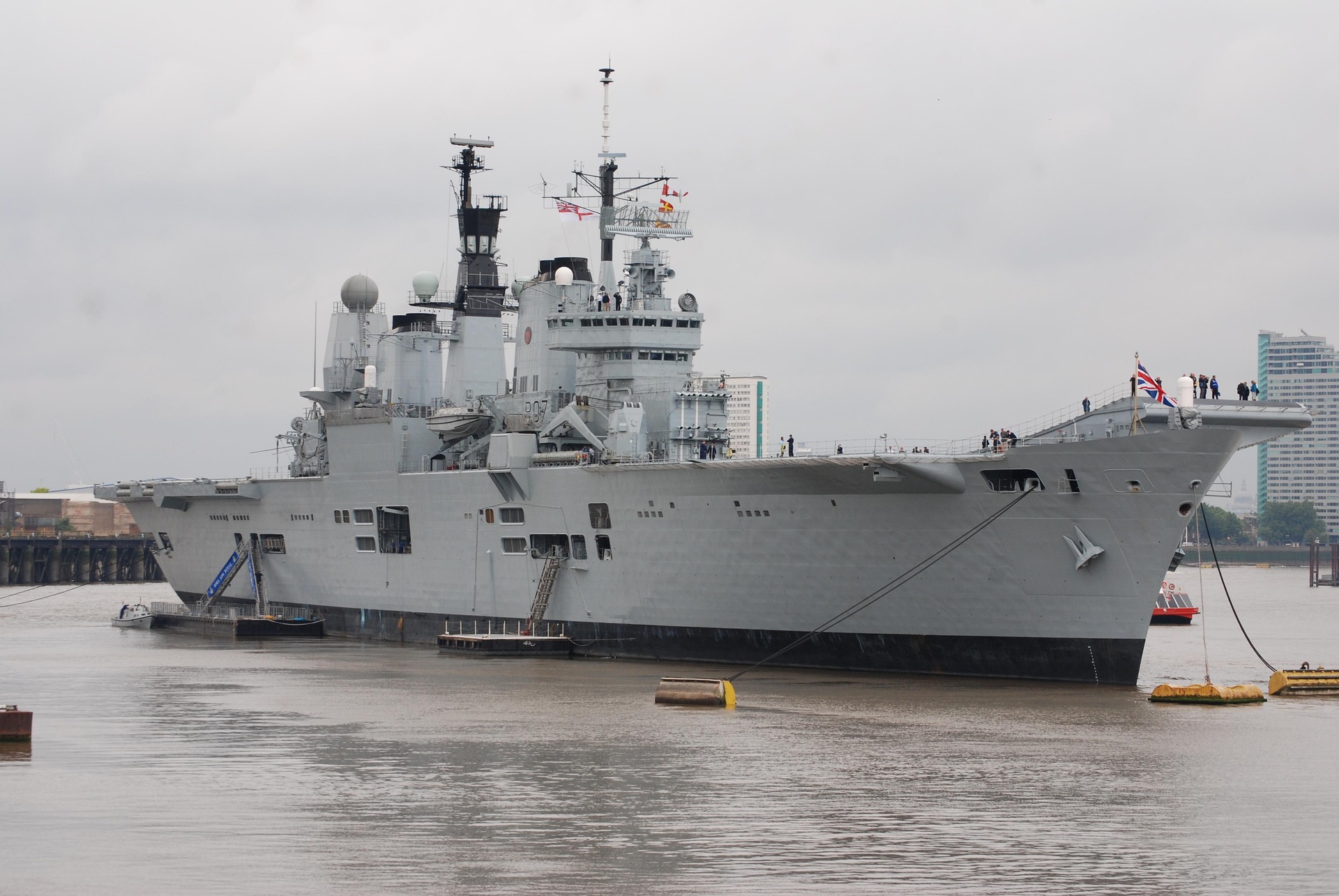China Deploys Dual Aircraft Carriers Liaoning and Shandong Near Japan:In a significant development raising tensions across East Asia, China has, for the first time, simultaneously deployed its Liaoning and Shandong aircraft carriers in the Pacific Ocean near Japan’s southern islands. This unprecedented move, part of an intensified Chinese naval presence, included one of the carriers reportedly entering Japan’s exclusive economic zone (EEZ) near Mida Morishima, located east of Uotsuri Island.
China Deploys Dual Aircraft Carriers Liaoning and Shandong Near Japan
In a significant development raising tensions across East Asia, China has, for the first time, simultaneously deployed its Liaoning and Shandong aircraft carriers in the Pacific Ocean near Japan’s southern islands. This unprecedented move, part of an intensified Chinese naval presence, included one of the carriers reportedly entering Japan’s exclusive economic zone (EEZ) near Mida Morishima, located east of Uotsuri Island.
The simultaneous operation of the two aircraft carriers was observed recently and has triggered heightened concern among regional security experts. Japan, taking note of the scale and frequency of Chinese naval movements, is now reinforcing its air defense and maritime surveillance capabilities in the Pacific region. Japanese officials emphasized their commitment to maintaining regional peace through transparency and strategic readiness.
Following this, The Chinese PLA Navy spokesperson Senior Captain Wang Xuemeng stated that recently the PLANS Liaoning and Shandong task groups conducted training in the waters of the Western Pacific to test their capabilities in far seas protection and joint operations. The routine training is organized in accordance with the annual plan, aiming at continuously enhancing the PLA Navy’s capabilities of fulfilling the missions. It is in compliance with relevant international laws and practices and is not directed against any specific country or target.
China, defending its actions, has labeled the drills as routine and legal. However, this justification has done little to ease tensions. Since May, Beijing has markedly increased its maritime activity, deploying an unusually high number of both Navy and Coast Guard vessels through disputed East Asian waters. Analysts see this as part of China’s broader strategy to assert its territorial claims across the region.
The latest instance follows a pattern of assertive maneuvers by the Chinese military. In September, the Liaoning carrier sailed between two Japanese islands near Taiwan and entered waters that Japan considers sensitive, lying within 24 nautical miles of its coast. At that time, Tokyo condemned the move as “unacceptable” and lodged a strong diplomatic protest with Beijing, expressing serious concerns over China’s growing naval assertiveness.
China’s increasing use of naval and aerial military assets to strengthen its geopolitical claims has not only alarmed Japan but also its allies, including the United States. With Beijing expanding its naval footprint across contested waters, the Asia-Pacific region is bracing for prolonged strategic friction. In response, Japan has reiterated its focus on defense and diplomacy to uphold stability and monitor developments in real time.
Disclaimer: The content provided in this blog post is for informational purposes only and is based on publicly available sources, news reports, and official government statements as of the time of writing. This article does not intend to promote or support any political ideology, government, or military action. The goal is to present a factual and balanced account of current developments in the Asia-Pacific region, particularly concerning maritime security and geopolitical movements.
The blog does not claim to verify or endorse the accuracy of any military reports or government declarations mentioned herein. Readers are advised to consult official sources and trusted news agencies for the most up-to-date and verified information. Any interpretations or opinions expressed in the sources cited do not reflect the views or positions of this blog or its creators. This article is not intended to provoke or inflame political tensions, but to contribute to public awareness and understanding of important international events.

